Références
Cordero et al. (2021) Nocturnal Bees as Crop Pollinators. Agronomy 2021, 11, 1014. https://doi.org/10.3390/agronomy11051014
Giavi et al. (2021). Impact of artificial light at night on diurnal plant-pollinator interactions. Nature communication (2021)12:1690 https://doi.org/10.1038/s41467-021-22011-8 www.nature.com/communications
Kervyn T. et al. (2024). Vade-mecum pour la prise en compte de la biodiversité́ dans les projets d’éclairage public. SPW ARNE – DEMNA. 27 p.
Knop et al. (2017). Artificial light at night as a new threat to pollination. Nature 2017, 548 (7666), pp.206-209. 10.1038/nature23288. Hal-03947729
Rodrigo-Comino et al. (2023). Light pollution: A review of the scientific literature. The Anthropocene Review, 10(2), 367-392. https://doi.org/10.1177/20530196211051209
Straka et al. (2021). Light pollution impairs urban nocturnal pollinators but less so in areas with high tree cover. Science of the Total Environment 778 (2021) 146244
Walker et al. Review Light pollution and Cancer. (2020) Int. J. Mol. Sci. 2020, 21, 9360; doi: 10.3390/ijms21249360
Pollution lumineuse. Préserver l’environnement nocturne pour la biodiversité (2021) Administration de la nature et des forêts, Service de la nature du Luxembourg.
Impacts environnementaux de la pollution lumineuse. ASCEN asbl Association pour la Sauvegarde du Ciel et de l’Environnement Nocturne


